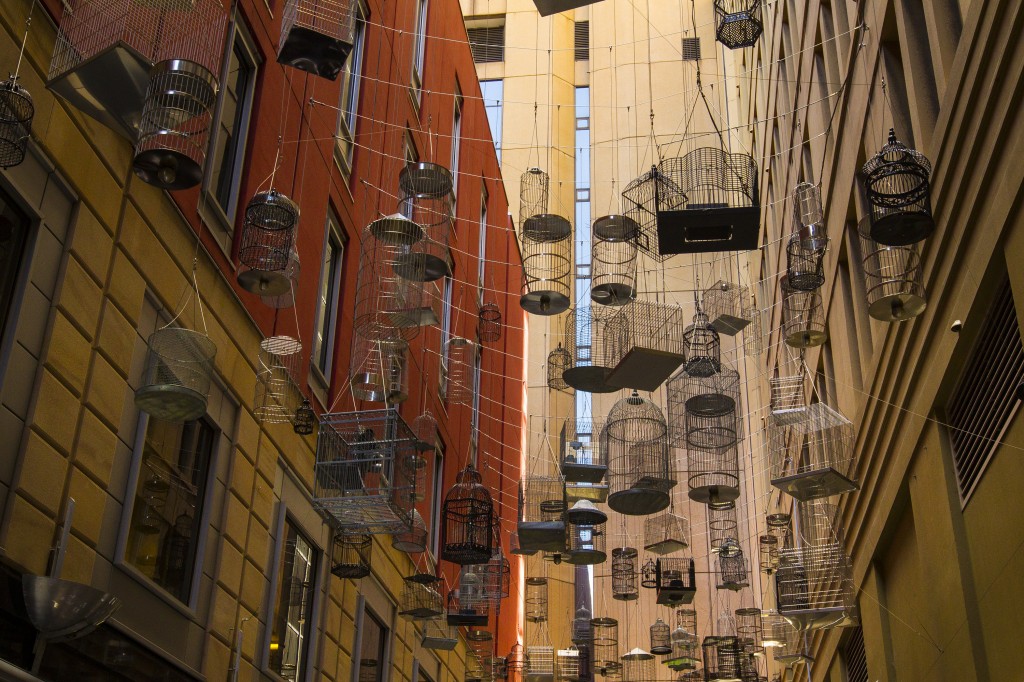Literary Journals and Literary Aesthetics in Early Post-Federation Australia
Keywords:
Federation, literary modernism, canon formation, literary journalsAbstract
The first decade after Federation saw the establishment of a significant number of new Australian literary journals and magazines, some of which defined themselves against mainstream literary interests – against the Bulletin, for example. What we see here is in fact a splintering of literary activity across a number of journals that fragments (or perhaps continues to fragment) any received sense of what constitutes a national literature. This paper looks at three of Thomas C. Lothian’s Melbourne journals - the Native Companion (January - December 1907), Trident (May 1907 – April 1909) and Heart of the Rose (December 1907 – October 1908) – and also briefly discusses Alfred Dickson and Frank Wilmot’s The Microbe, and Hal Stone and the ‘Waysider’ group’s Ye Kangaroo (1902 –1905), Ye Wayside Goose (1905 – 1906) and Red Ant (1912), also mostly Melbourne-based. The Native Companion in particular nourished an early feminine modernist aesthetic: publishing Katharine Mansfield’s first short stories, first example, and providing space for a coterie of women writers who specialised in the ‘vignette’: a narrative form that contrasted to male-centred bush nationalisms of the ‘sketch’. Like the Trident and Heart of the Rose, this journal was caught somewhere in between the influences of fin-de-siècle decadence and newly emergent European modernism; its interest in international avant-garde literary aesthetics worked to stretch modernism into the antipodes, sometimes casting it as a kind of free-floating literary effect. Heart of the Rose presented translations of Paul Verlaine and essays on Baudelaire; but it also charted local, vernacular versions of these influences, offering up delirious visions of what a trans-national, trans-historical Australian literature might be. The Microbe and Hal Stone’s journals celebrated an amateur literary status that allowed them to satirise the Bulletin’s claim on Australian literary tastes. They also turned to the ‘vignette’, and played out the influences of European symbolism and nascent modernism; but they satirised the pretentions of journals like Heart of the Rose and never invested in a representative canon of writers. Together, these little magazines present an alternative literary scene that tried to re-imagine the ideals of a national literature even as they radically distinguished themselves from the mainstream.Downloads
Published
2014-12-08
Issue
Section
Articles
License
The copyright for articles in this journal is retained by the author(s), with first publication rights granted to the journal. By virtue of their appearance in this open access journal, articles are free to use with proper attribution in educational and other non-commercial sectors.Attribution-NonCommercial-ShareAlike 2.1 Australia
This work is licensed under the Creative Commons Attribution-NonCommercial-ShareAlike 2.1 Australia License. To view a copy of this license, visit http://creativecommons.org/licenses/by-nc-sa/2.1/au/ or send a letter to Creative Commons, 543 Howard Street, 5th Floor, San Francisco, California, 94105, USA.
How to Cite
Literary Journals and Literary Aesthetics in Early Post-Federation Australia. (2014). Journal of the Association for the Study of Australian Literature, 14(5). https://openjournals.library.sydney.edu.au/JASAL/article/view/9928

